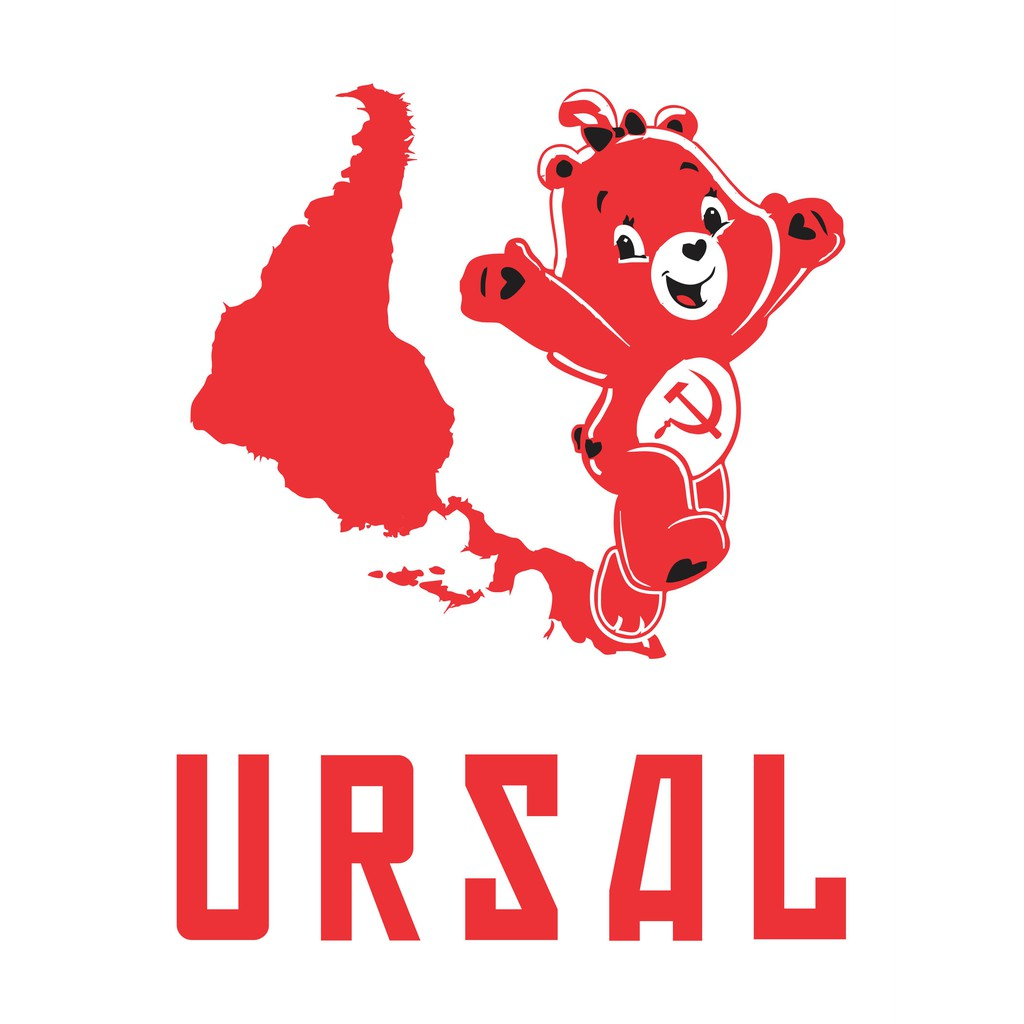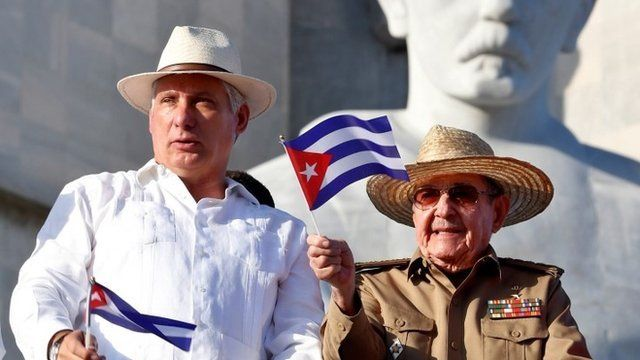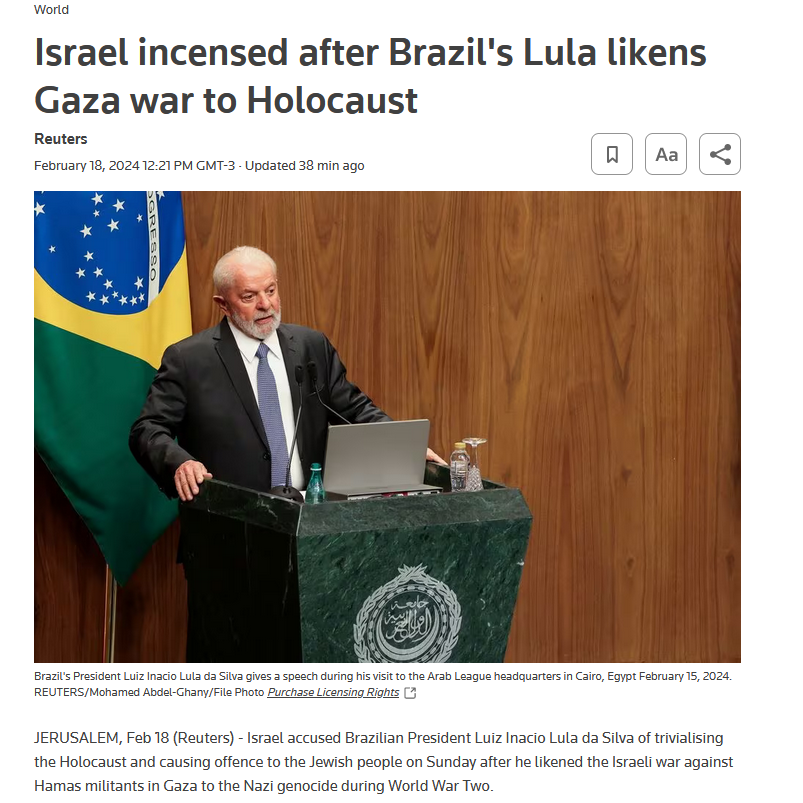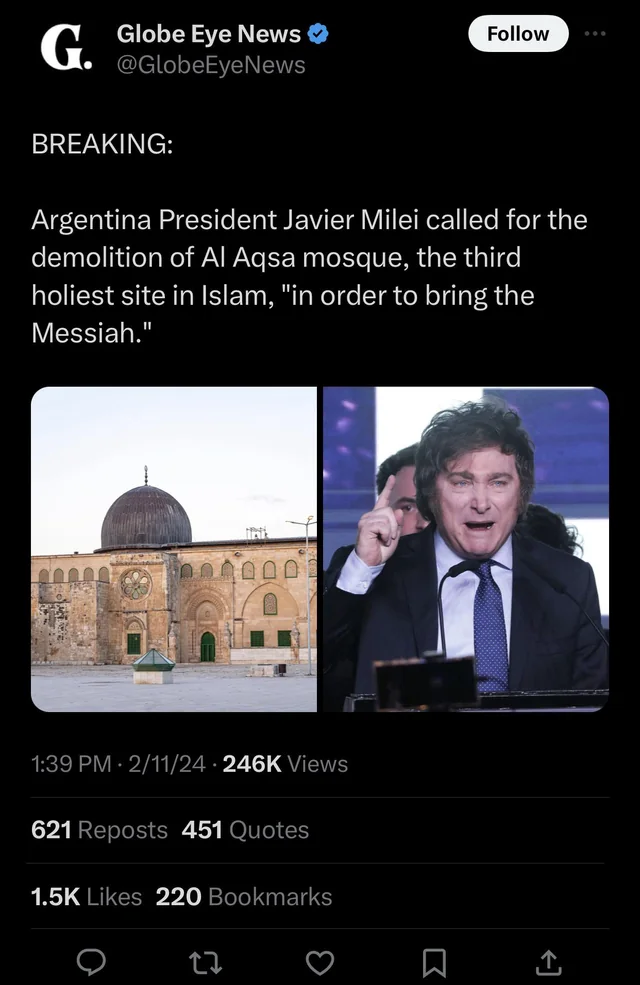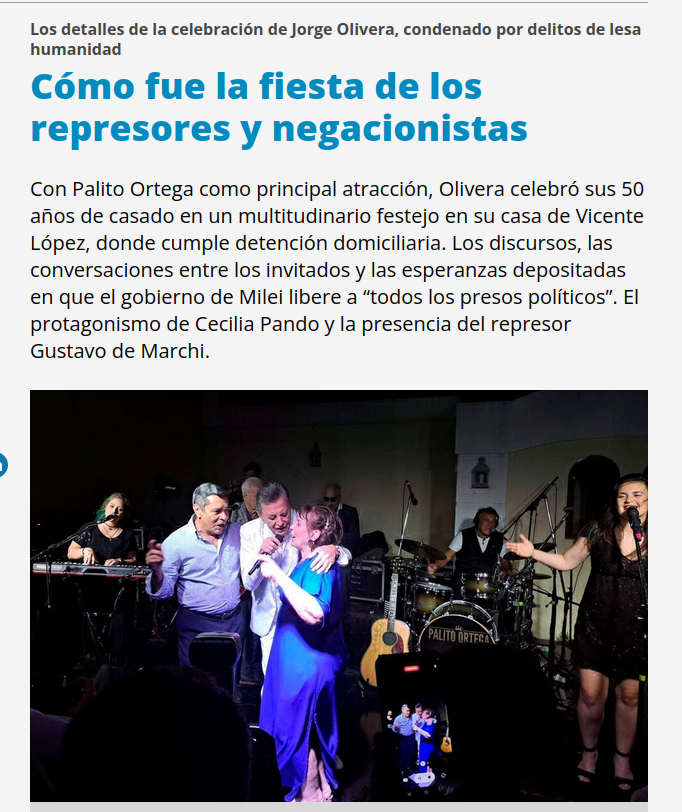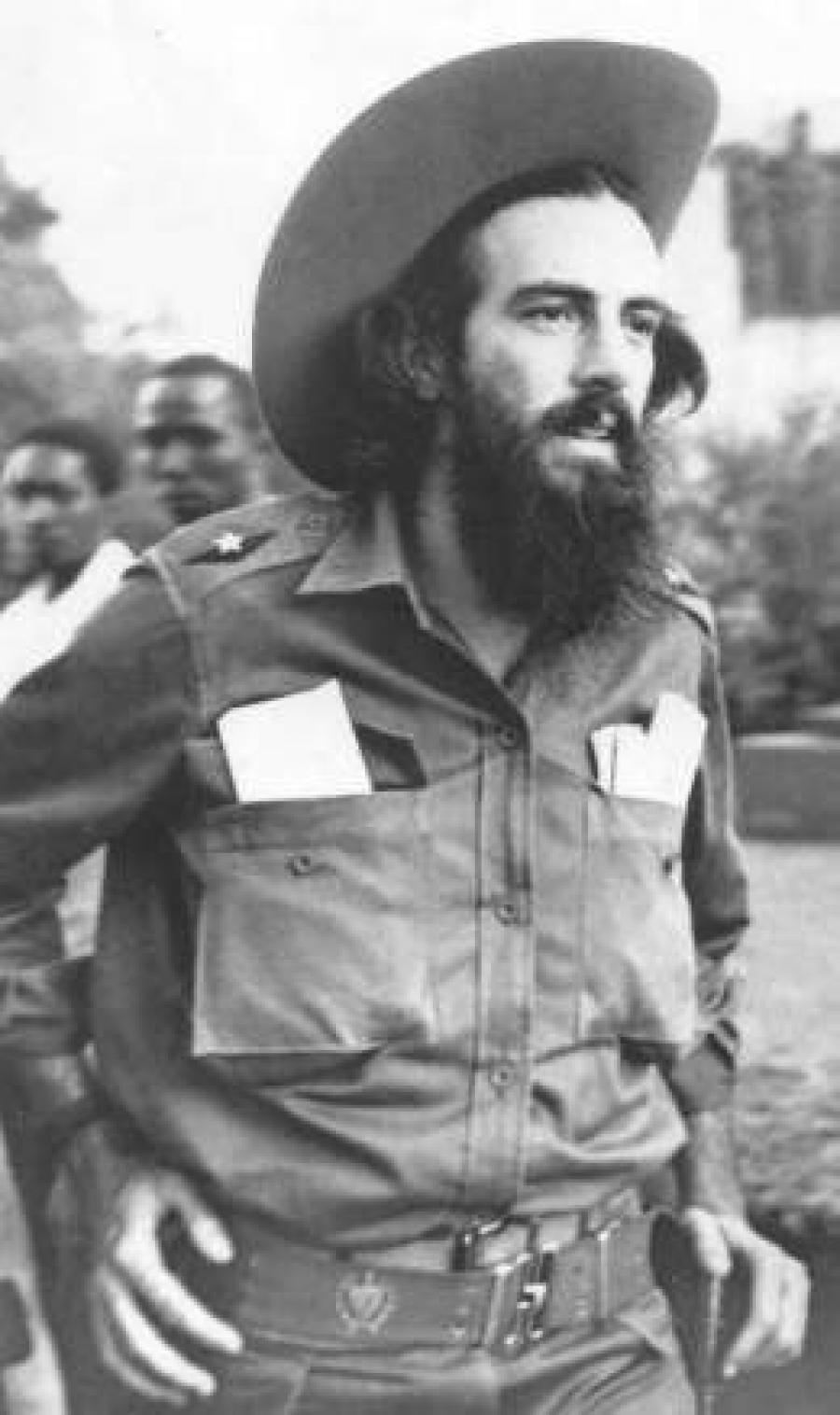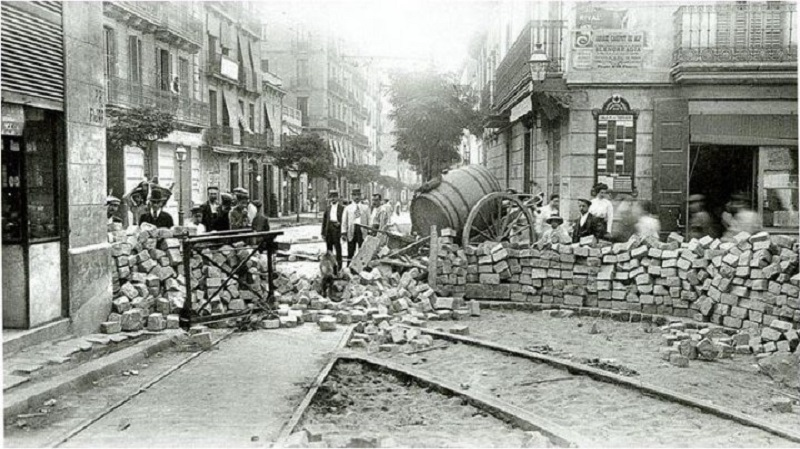In a perfect example of civil–military union,” reads a tweet posted in 2017 on the official account of the Bolivarian National Armed Force (FANB), “@VladimirPadrino supervises the distribution of [food baskets] in Valles del Tuy.” In one of three photos included with the tweet, Venezuelan defense minister General Vladimir Padrino López squats over a large map spread on the floor. Dressed in uniform and pointing to an area on the map, Padrino López’s pose suggests a similarity between food distribution to poor Venezuelans and the logistics of deploying troops across a conflict zone.
The imagery reminiscent of war is no coincidence. President Nicolás Maduro created the food distribution program through Local Supply and Production Committees (CLAP) in April 2016 to counter the effects of what he called an “economic war,” which he blamed on the Venezuelan elites. Food shortages, speculation, and the hoarding of basic goods like flour and toiletries were commonplace at the time.
“It is a tremendous battle to stabilize the entire economy, identifying the evildoers who wage war against the people and taking away their power,” said Maduro during a state television broadcast announcing the program. In a separate address, he added: “An economic revolution has begun in the food distribution system of Venezuelans by means of socialism.”
To coordinate the “battle” for food distribution, Maduro put Padrino López in charge of an ambitious social program, the Gran Misión de Abastecimiento Soberano (Great Sovereign Supply Mission), one of dozens of similar social missions that became a signature of Hugo Chávez’s government beginning in 2003. With activities spanning the food supply chain—encompassing production, distribution, commercialization, regulation, and development for import substitution—Misión Abastecimiento aimed to shore up the supply of food, medicine, and hygiene products, with ripple effects in other areas like seed production and animal feed. During the initial announcement, Maduro described the program as “a major civil-military effort, the first civil-military Misión to be created.”
Couched in a logic of security, defense of national sovereignty, and development, Misión Abastecimiento offers one example of how Venezuela’s Armed Forces under Maduro are involved in every activity deemed strategic by the Venezuelan state. This builds on a gradual shift beginning under Chávez in the early 2000s that has transformed the Venezuelan Armed Forces materially, symbolically, and ideologically. The government’s strong control over the Armed Forces became clear aft er the opposition tried and failed to encourage mass desertions to boost self-declared interim president Juan Guaidó in 2019. Today, given the limitations of the ruling United Socialist Party of Venezuela (PSUV) to serve as vanguard of the revolution, the FANB has embraced that role.
This is best illustrated in the rising proportion of military officials occupying key ministries. In 2014, a quarter of the cabinet was made up of military officers. By September 2023, according to the civil society organization Control Ciudadano, 13 of 33 ministers in Maduro’s cabinet—roughly 40 percent—were military officers, and 9 of those 13 were on active duty. Generals and former generals now run ministries overseeing food, agriculture, oil, mining, water resources, transport, energy, housing, and public works, in addition to defense and security, justice, and prisons.
Meanwhile, in June 2022, the Maduro government launched the Community–Military Brigades for Health and Education (BRICOMILES), deploying the Armed Forces into schools and health centers to repair decaying infrastructure. When community-based organizations, such as communes and communal councils, request services like rebuilding, repainting, and facility upgrading, the Armed Forces send troops to carry out the works locally.
Maduro has described BRICOMILES as “a solution that brings together the people and the FANB even more.” He added: “We have to be united—popular power, military power, social power, political power. We must continue working together with the people.”
As with social programs, the influence of the Armed Forces over strategic sectors of the economy has also grown, particularly under Maduro. Transparencia Venezuela, a chapter of the anti-corruption organization Transparency International, describes the Armed Forces as “a corporation with increasing economic power in several areas of business.” The FANB owns at least 24 companies in areas including banking, construction, agroindustry, oil and gas, mining, and transport, according to a November 2021 report by Transparencia Venezuela. Crucially, all but six of all military-owned enterprises came into existence under Maduro. In addition, military officers sit on the boards of more than one in 10—a total of 103—of the 925 companies that are completely or partially publicly owned.
A March 2022 report by Control Ciudadano notes that military-owned companies often “perform unconstitutional activities, incompatible with those attributed to the FANB.” According to the report, Compañía Anónima Militar de Industrias Mineras, Petrolíferas y de Gas (CAMIMPEG), a military limited company created in 2016 to carry out extractive activities in the mining, oil, and gas sectors, and Empresa Militar para el Aprovechamiento Sustentable de Productos Forestales y Recursos Naturales SA (EMASPROFORN), established in 2020 to make sustainable use of natural and forest resources, are among the most controversial of the lot. These two companies’ “environmental exploitation activities,” the report notes, “are irreconcilable with the role of environmental guardian assigned to the military institution.”
The government justified the creation of CAMIMPEG in 2016 citing the need to secure national resources in the context of a global energy race, but the opposition expressed concerns that it could weaken oversight in the oil sector—Venezuela’s main source of income and a provider of endless opportunities for corruption.
